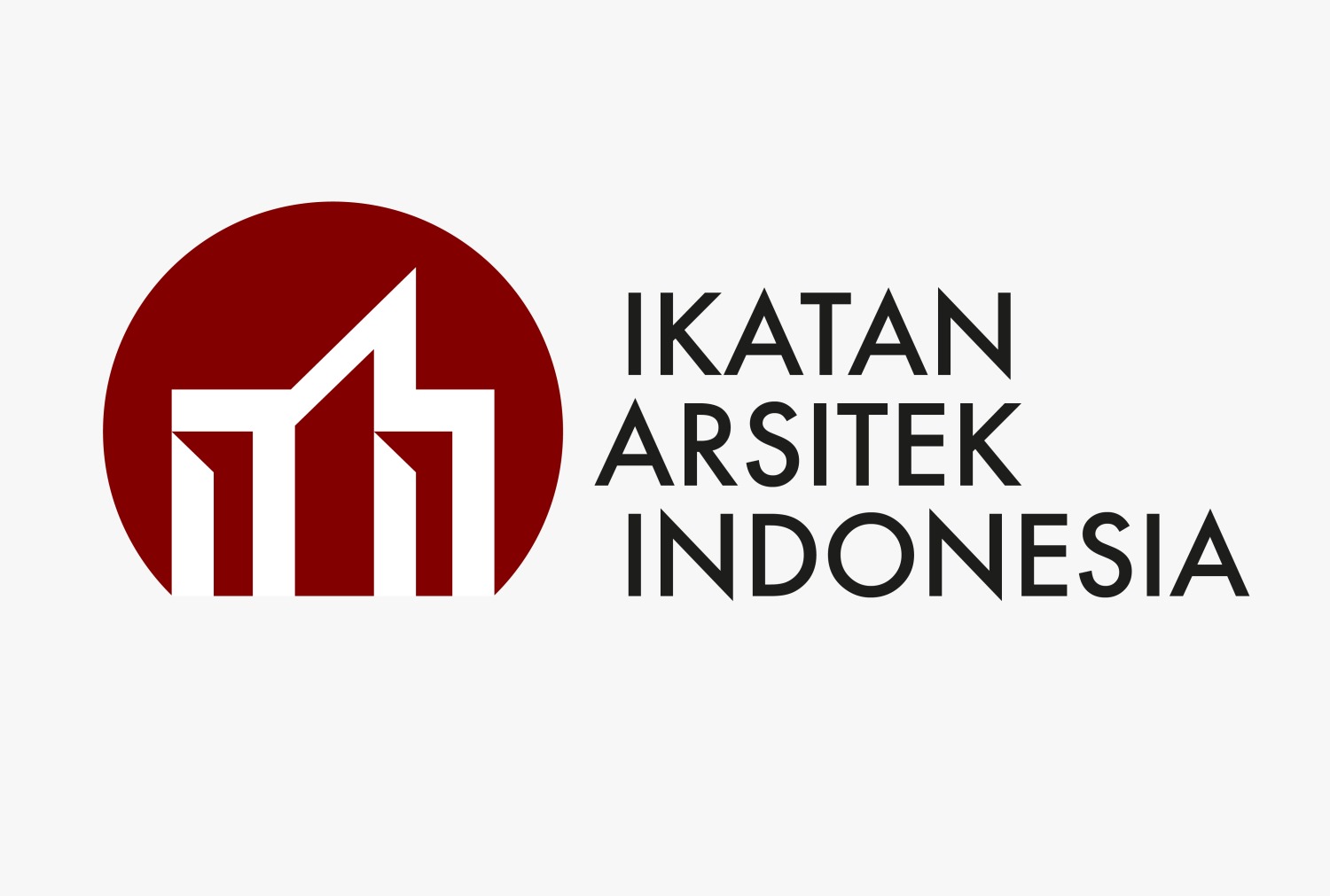PERSEPSI PENGGUNA TERHADAP KUALITAS RUANG TERBUKA PUBLIK PELATARAN MASJID GEDHE KAUMAN MELALUI PENDEKATAN PLACEMAKING
DOI:
https://doi.org/10.31101/juara.v2i1.872Keywords:
Architecture, urban, planningAbstract
The role of the city's public open space has been recognized and accepted as the main asset of a sustainable city. The Kauman Gedhe Mosque Pelataran is a public open space that has been a place for various profane and sacred activities of the people of Yogyakarta. The method used in this research is survey technique, data collected by distributing questionnaires online via google form and manual questionnaires. The results of this study indicate that from the four aspects of perceptions of space users measured, the image and accessibility of the Kauman Gedhe Mosque Pelataran has high quality values rather than aspects of security and comfort.Downloads
References
Carmona, Matthew, Steve Tiesdell, Tim Heath, and Taner Oc. 2010. Public Places Urban Spaces The Dimensions of Urban Design. UK: Routledge.
Carr, Stephen, Mark Francis, Leanne G. Rivlin, and Andrew M. Stone. 1992. Public Space. New York: Cambridge University Press.
Cho, Im Sik, Chye Kiang Heng, and Zdravko Trivic. 2016. Re-Framing Urban Space. Pertama. New York: Taylor & Francis.
Darban, Ahmad Adaby. 2000. Sejarah Kauman Menguak Identitas Kampung Muhammadiyah. Yogyakarta: Tarawang.
Hakim, Rustam. 2012. Komponen Perancanagan Arsitektur Lansekap Prinsip-Unsur Dan Aplikasi Desain. Kedua. Jakarta: Bumi Aksara.
Kaczynski, Andrew T. and Karla A. Henderson. 2007. “Environmental Correlates of Physical Activity: A Review of
Evidence about Parks and Recreation.†Leisure Sciences 29(4):315–54.
Knox, Paul L. 2005. “Creating Ordinary Places: Slow Cities in a Fast World.†Journal of Urban Design 10(1):1–11.
Koohsari, Mohammad Javad, Suzanne Mavoa, Karen Villianueva, Takemi Sugiyama, Hannah Badland, Andrew T. Kaczynski, Neville Owen, and Billie Giles-Corti. 2015. “Public Open Space, Physical Activity, Urban Design and Public Health: Concepts, Methods and Research Agenda.†Health and Place 33:75–82.
Krier, Rob. 1979. Urban Space. Great Britain: ACADEMY EDITION.
Lenzholzer, Sanda, Wiebke Klemm, and Carolina Vasilikou. 2018. “Urban Climate Qualitative Methods to Explore Thermo-Spatial Perception in Outdoor Urban Spaces.†Urban Climate 23:231–49.
Lew, Alan A. 2017. “Tourism Planning and Place Making: Place-Making or Placemaking?†Tourism Geographies 19(3):448–66.
Loh, Carolyn G. 2019. “Placemaking and Implementation: Revisiting the Performance Principle.†Land Use Policy 81(June 2017):68–75.
Lynch, Kevin. 1981. A Theory of Good City Form. Cambridge: MIT Press.
Madanipour, Ali. 2006. “Roles and Challenges of Urban Design.†Journal of Urban Design 11(2):173–93.
Maslow, Abraham H. 1954. Motivation and Personality. Harper & Row.
McCormack, Gavin R., Melanie Rock, Ann M. Toohey, and Danica Hignell. 2010. “Characteristics of Urban Parks Associated with Park Use and Physical Activity: A Review of Qualitative Research.†Health and Place 16(4):712–26.
Mehta, Vikas. 2014. “Evaluating Public Space.†Journal of Urban Design 19(1):53–88.
Montgomery, J. 1998. “Making a City: Urbanity, Vitality and Urban Design.†Journal of Urban Design 3(1):93–116.
Moughtin, Cliff. 2003. Urban Design Street and Square. Third Edit. Architectural Press.
Musterd, Sako and Zoltán Kovács. 2013. “Place.†in Place-making and Policies for Competitive Cities, edited by S. Musterd and Z. Kovács. United Kingdom: John Wiley & Sons.
Pasaogullari, Nil and Naciye Doratli. 2004. “Measuring Accessibility and Utilization of Public Spaces in Famagusta.†Cities 21(3):225–32.
Polat, Sibel and Neslihan Dostoglu. 2017. “Measuring Place Identity in Public Open Spaces.†Proceedings of the Institution of Civil Engineers - Urban Design and Planning 170(5):217–30.
Shirvani, Hamid. 1985. The Urban Design Process. New York: Van Nostrand Reinhold Company.
Sugiyono. 2015. Metode Penelitian Kuantitatif, Kualitatif Dan Kombinasi (Mixed Methods). edited by Sutopo. Bandung: ALFABETA.
Varna, George and Steve Tiesdell. 2010. “Assessing the Publicness of Public Space: The Star Model of Publicness.†Journal of Urban Design 15(4):575–98.
Varna, Georgiana. 2014. Measuring Public Space: The Star Model. England: Ashgate.
Welsh, Brandon C., Mark E. Mudge, and David P. Farrington. 2009. “Reconceptualizing Public Area Surveillance and Crime Prevention : Security Guards , Place Managers and Defensible Space.†Security Journal 23(4):299–319.
Wyckoff, Mark A. 2013. “DEFINITION OF PLACEMAKING: Four Different Types.†10.
Downloads
Published
How to Cite
Issue
Section
License
With the receipt of the article by the JUARA and the decision to be published, then the copyright regarding the article will be diverted to Journal of JUARA. Universitas 'Aisyiyah Yogyakarta as the publisher of Journal of JUARA hold the copyright regarding all the published articles in this journal.
Journal of Health Studies is licensed under a Creative Commons Attribution-ShareAlike 4.0 International License.




